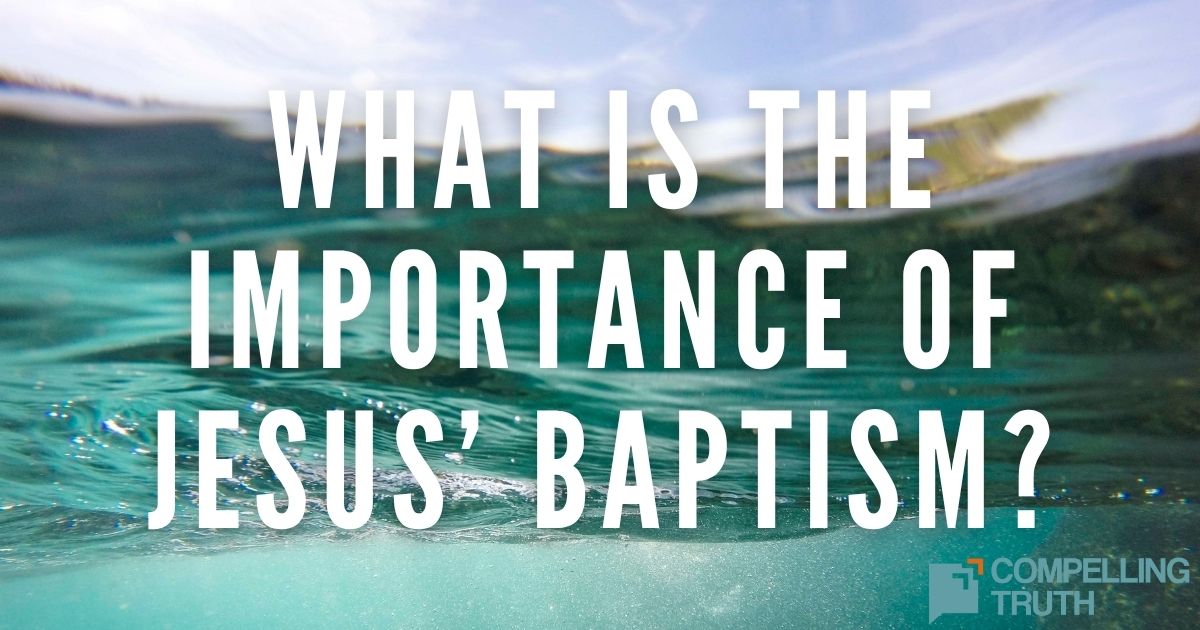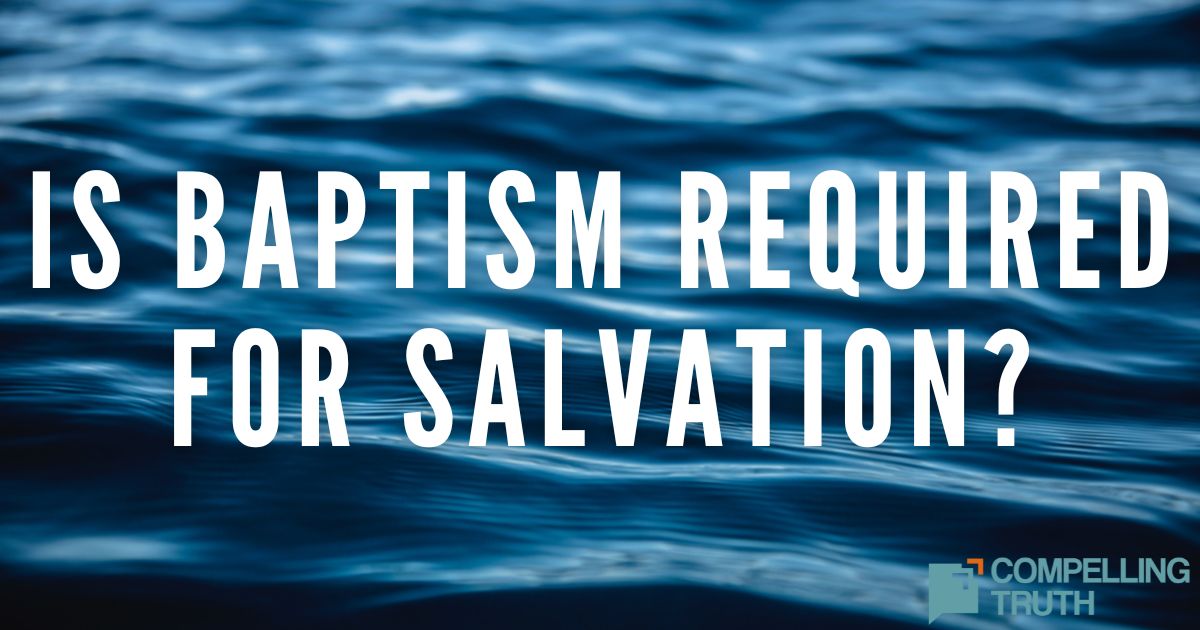The origin of Christian baptism is found in the ministry of John the Baptist. Mark 1:4-5 notes, "John appeared, baptizing in the wilderness and proclaiming a baptism of repentance for the forgiveness of sins. And all the country of Judea and all Jerusalem were going out to him and were being baptized by him in the river Jordan, confessing their sins." It is clear by the location John used and the words used to describe baptism that this ritual originally took place in a river and people went into water. Jesus was even baptized by John at the start of His ministry.
The word used to describe baptism also offers an indication of how baptism took place. The Greek word translated "baptize" is baptizo, which means to dip or submerge in water. Baptism, by definition, was to be placed into water as a spiritual sign of following the Lord.
Since New Testament times a variety of forms of baptism have developed. Today, churches speak of "modes" of baptism, including immersion, pouring, and sprinkling. Immersion refers to baptism in water, similar to what the New Testament describes. Pouring refers to the pouring of water upon a person for baptism. Sprinkling, as the term suggests, refers to sprinkling water on a person, often an infant, to perform a baptism.
Because of the variety of baptism styles used, many arguments have emerged regarding which style or "mode" is best or right. Clearly, immersion baptism has the greatest historical and scriptural support. However, it is also clear that the early church (by at least the second century) used pouring as an option for baptism when believers were unable to be immersed or a body of water was not near.
Baptism by sprinkling is most concerning, primarily due to the tradition of baptizing infants. The New Testament practice was to baptize those who had come to faith in Jesus Christ as Savior (often called believer's baptism). When this practice is replaced by baptizing an infant via sprinkling, the ritual loses its originally intended meaning of symbolizing a person's commitment to follow Jesus Christ. While not necessarily sinful, baptism then becomes used in a way that does not match its historically intended purpose as patterned in Scripture.
In summary, the answer to "Is there a correct mode of baptism?" is not as clear as some would suggest. Baptism by immersion is certainly the biblical tradition, yet believer's baptism by pouring does not seem to be ruled out by any particular verse. Sprinkling could be possible for the same reason, but is more controversial due to the practice of infant baptism. The Bible presents baptism as a one-time ritual performed as a sign of a person's faith in and decision to follow Jesus Christ. Baptism is for the believer, regardless of the mode used, to signify to the world that a person's allegiance has been given to Christ.
The word used to describe baptism also offers an indication of how baptism took place. The Greek word translated "baptize" is baptizo, which means to dip or submerge in water. Baptism, by definition, was to be placed into water as a spiritual sign of following the Lord.
Since New Testament times a variety of forms of baptism have developed. Today, churches speak of "modes" of baptism, including immersion, pouring, and sprinkling. Immersion refers to baptism in water, similar to what the New Testament describes. Pouring refers to the pouring of water upon a person for baptism. Sprinkling, as the term suggests, refers to sprinkling water on a person, often an infant, to perform a baptism.
Because of the variety of baptism styles used, many arguments have emerged regarding which style or "mode" is best or right. Clearly, immersion baptism has the greatest historical and scriptural support. However, it is also clear that the early church (by at least the second century) used pouring as an option for baptism when believers were unable to be immersed or a body of water was not near.
Baptism by sprinkling is most concerning, primarily due to the tradition of baptizing infants. The New Testament practice was to baptize those who had come to faith in Jesus Christ as Savior (often called believer's baptism). When this practice is replaced by baptizing an infant via sprinkling, the ritual loses its originally intended meaning of symbolizing a person's commitment to follow Jesus Christ. While not necessarily sinful, baptism then becomes used in a way that does not match its historically intended purpose as patterned in Scripture.
In summary, the answer to "Is there a correct mode of baptism?" is not as clear as some would suggest. Baptism by immersion is certainly the biblical tradition, yet believer's baptism by pouring does not seem to be ruled out by any particular verse. Sprinkling could be possible for the same reason, but is more controversial due to the practice of infant baptism. The Bible presents baptism as a one-time ritual performed as a sign of a person's faith in and decision to follow Jesus Christ. Baptism is for the believer, regardless of the mode used, to signify to the world that a person's allegiance has been given to Christ.



